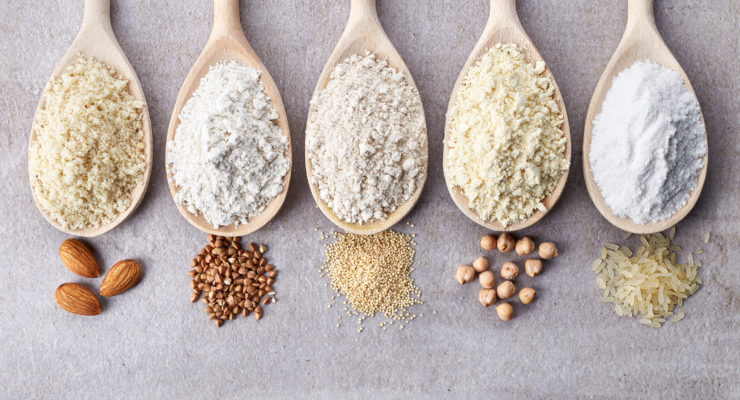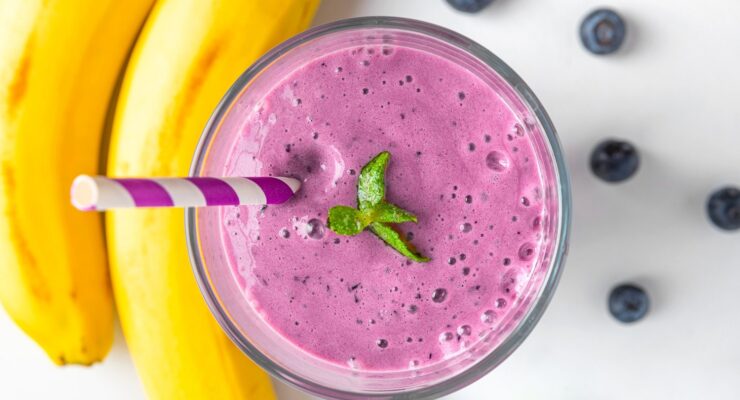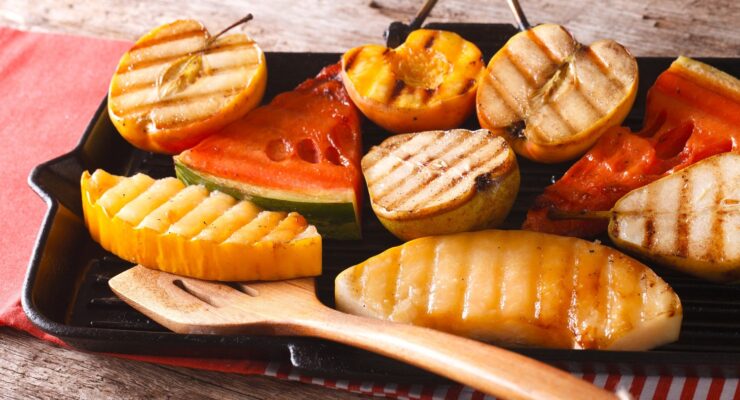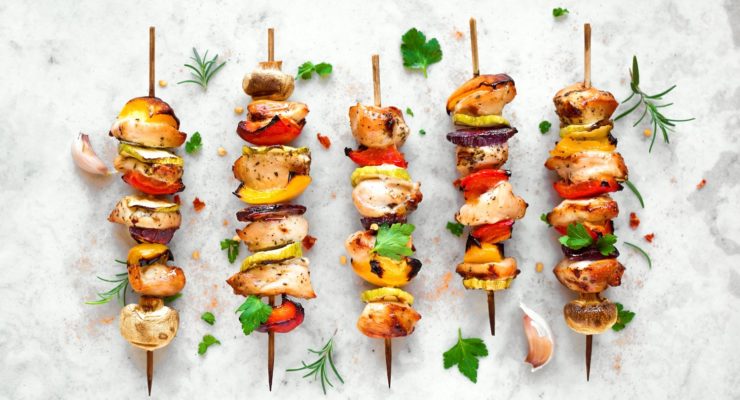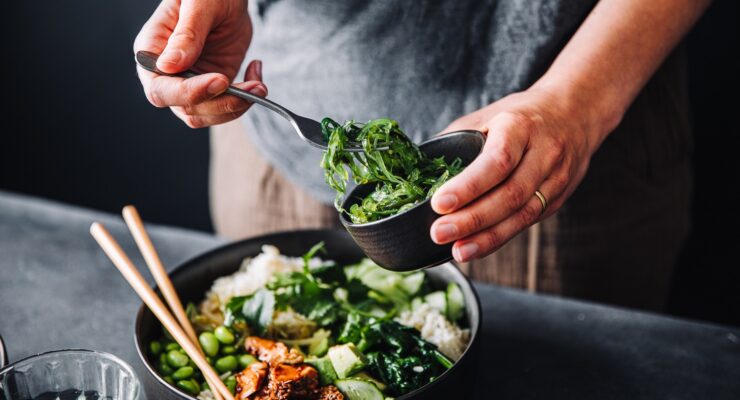5 Zero-Calorie Ways to Add Flavor to Your Food
Article posted in: Diet & Nutrition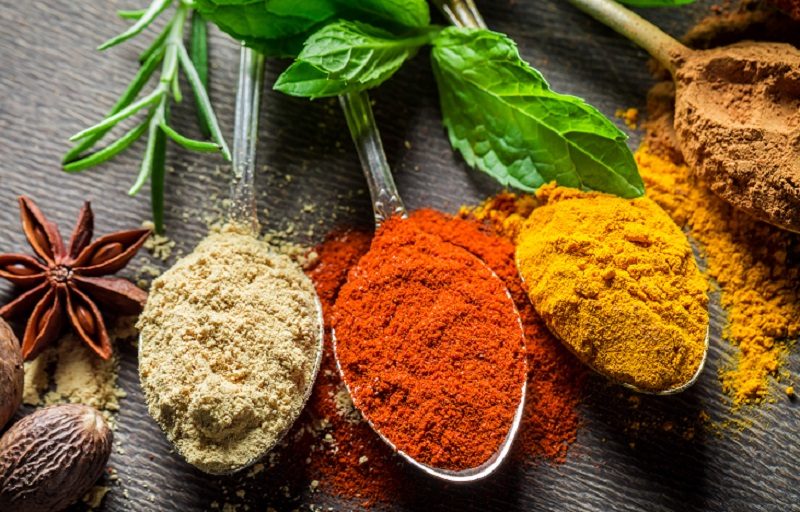
Spices are invaluable tools when you’re trying to lose excess weight. Garlic, cinnamon and other flavorings bring out the best in other ingredients, and they pump up the satisfaction of eating. Better yet, spices protect your health in many ways. Many spices count as Free Foods on the Nutrisystem program because they have few, if any, calories. That means you can enjoy as much of them as you want. With these five spices, you can add zing to breakfast, dinner and everything in between. We’re here to tell you which spices to keep in stock, what they’re benefits are, and how to use them.
Check out the top five spices to add to your food without adding a whole lot of calories:
1. Garlic

What: Garlic’s zesty taste is essential to many of our favorite cuisines, from Italian to Mexican to Asian. Garlic is mildly hot and tingly, without burning your taste buds. Fresh garlic keeps for a few weeks, no refrigeration needed, before it begins to lose flavor. Garlic powder is convenient and easy to store—be sure to avoid garlic salt, which is high in sodium.
Why: Science is proving what herbalists and others have long known: Garlic has powerful antimicrobial properties, so it fights infections, and it helps ward off colds and other viruses. Eating garlic also helps reduce your bad (LDL) cholesterol level and reduces your risk of suffering from cardiovascular disease, according to a study published in The Journal of Nutrition.
How: Roast a whole garlic bulb, inside its papery skin, in your oven for about 15 minutes at 350 degrees F. It will fill your home with its rich aroma, while softening in flavor and texture. Spread the gooey insides on a slice of whole grain bread topped with sliced tomato. Minced garlic sparks the taste of pasta sauces, marinades and salad dressings.
Try: Slow Cooker Garlic Herb Mashed Faux-tatoes have the creamy texture you love and spunky flavor, plus you get a healthy serving of vegetables.
2. Ginger

What: The knobby stems of ginger roots look woody, but their flavor is a subtle blend of warm and sweet. Ginger fits well in savory dishes, sweet desserts, even smoothies and fruit teas. Look for firm and shiny roots in the produce section—avoid any pieces with soft spots. You can store fresh ginger in your refrigerator for two to three weeks or longer in the freezer. Ground ginger, found in the spice aisle, is convenient, but avoid crystallized, candied or glace ginger—they come with lots of sugar and excess calories.
Why: If your mother gave you ginger ale when you had a stomach ache, you already know that ginger relieves nausea and other minor digestive disorders. It has anti-inflammatory properties, so it helps ease the symptoms of arthritis and improve blood circulation. Studies published in the International Journal of Food Sciences and Nutrition have found that consuming ginger keeps blood sugar levels in balance, especially beneficial for people with diabetes.
How: For a quick shot of ginger’s flavor and belly-soothing power, take a half-inch slice or two and boil them in two cups of water until the liquid turns gold. Add grated ginger to stir-fry dishes, fruit salads and glazes for grilled fish or poultry. Ginger’s mild heat provides a contrast to sweet fruit in smoothies and juices.
Try: Our Gingerbread Freezer Fudge is easy to make—no cooking needed—and oh-so pleasing when you crave a treat. It starts with smooth and creamy cashew butter.
3. Cinnamon

What: A fragrant tree bark, cinnamon has a lightly sweet flavor with a flicker of heat. If kept in a closed plastic bag, cinnamon sticks keep for months and you can grate them as needed. Ground cinnamon from the spice aisle is easy to sprinkle, but its flavor tends to be milder.
Why: Even though cinnamon tastes sweet, it decreases glucose blood levels and insulin spikes. Research published on Cleveland Clinic also found that cinnamon reduces bad cholesterol (LDL) and increases the beneficial type (HDL).
How: A dusting of cinnamon in your cup of coffee turns it into a low calorie specialty drink. Add a dash to sweet potatoes. Mix it into whole grain pancake or waffle batter. Stir it into plain yogurt for an instant fruit dip.
Try: With a Nutrisystem Vanilla Shake and sliced apples, you can make our quick and easy Creamy Apple Cinnamon Smoothie Bowl, a balanced breakfast or post-workout recovery meal.
4. Cayenne Pepper
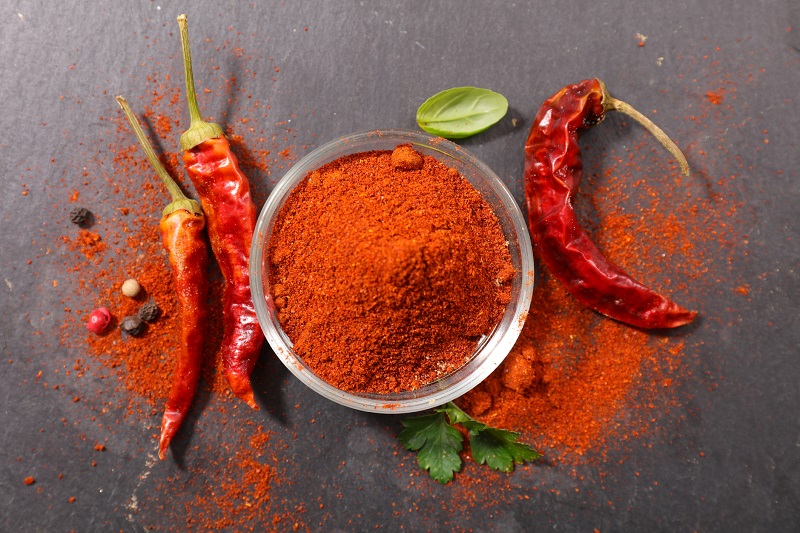
What: A moderately hot type of chili peppers, cayennes are dried and ground into powder to make the spice. Just a few pinches are enough to get your taste buds buzzing and your belly warm. Chili powder contains cayenne pepper, but it also includes cumin, garlic and other seasonings.
Why: Capsaicin, a powerful component of cayenne pepper, boosts circulation (that’s the flush you feel when you eat it) and fights infections. Research conducted by Purdue University has shown that consuming cayenne pepper may also help boost your metabolism, helping to burn calories, and that it helps reduce your appetite, especially for fatty and salty foods.
How: Light up mild foods like eggs and whole grains with a few shakes of cayenne pepper. Stir it into plain yogurt to enjoy with raw vegetables. Sprinkle it on pork or chicken before grilling.
Try: Grilled Chicken Skewers with Spicy Peanut Sauce is a fun finger food that’s loaded with lip-smacking flavor. They’re easy to make on an outdoor grill or your stovetop.
5. Vanilla

What: A hint of vanilla sweetens all kinds of food, though it contains no sugar and has just 38 calories per teaspoon. For the freshest flavor, get “vanilla beans,” the seedpods of tropical orchids. They last for up to six months, stored in a sealed plastic bag. Keep them at room temperature, not in the fridge, where they can get moldy. Vanilla extract, made by steeping the beans in alcohol, concentrates the taste and aroma so that you need to use only a few drops. Beware of artificial vanilla flavor, which can smell like vanilla extract but is less flavorful.
Why: The scent of vanilla decreases your craving for chocolate, according to a study published in the science journal, Appetite. Vanilla also has a rich supply of antioxidants, potent allies in preventing the inflammation that leads to a variety of ailments.
How: Vanilla puts the fun in every day hot cereal, plain yogurt and light desserts. It makes smoothies taste like a classic milkshake. Vanilla’s sweetness balances out acidic flavors like citrus in marinades and vinaigrette.
Try: Vanilla Berry Ricotta Mousse treats you to creamy cheese and sweet berries, and the kiss of vanilla. It takes minutes to whip up and gives you nine filling grams of protein.

